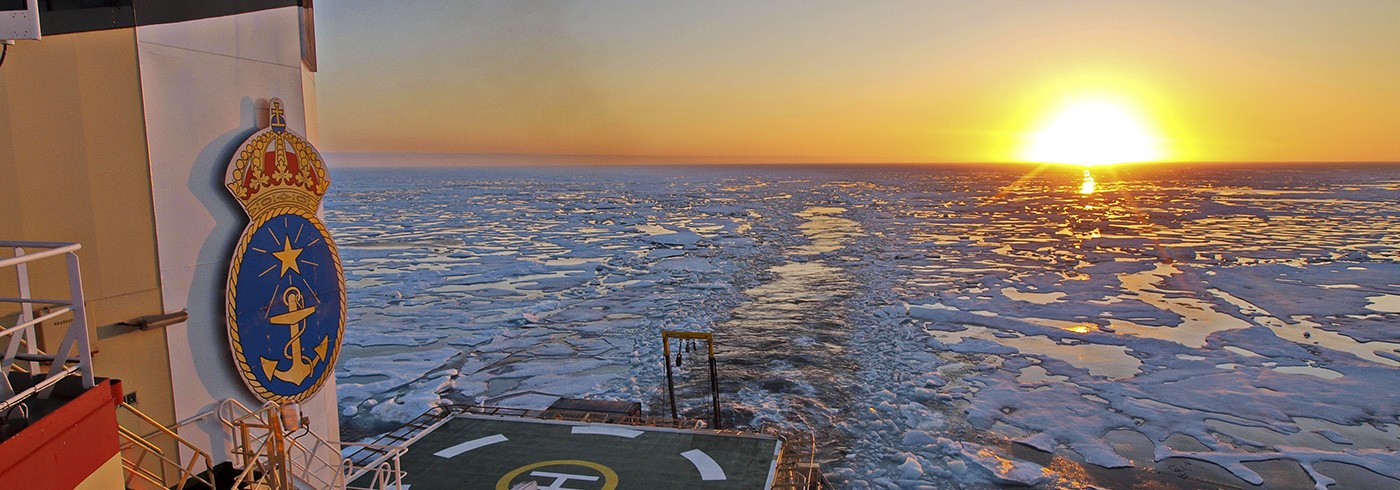The expedition embarked from Tromsø, Norway on 6 July and proceeded along the Russian polar sea to Barrow, Alaska. Researchers and crew were changed on 20 August in Barrow, when the second leg of the expedition began. The route back to Scandinavia crossed the Lomonosov Ridge, an underwater mountain chain near the North Pole, and the expedition returned to Tromsø on 4 October.
The main scientific questions concerned the linkages between climate, cryosphere, and carbon – hence the name “C3”. The researchers studied emissions of methane stored in the permafrost on the seabed as well as carbon transport routes in the sea and ice.
The research leader of the first leg, which had the theme “From permafrost thawing to the venting of greenhouse gases”, was Örjan Gustafsson, while the second leg, with the theme “From warming seawater and shrinking sea ice to the venting of greenhouse gases”, was led by Martin Jakobsson. Both research leaders work at Stockholm University.
The researchers onboard the icebreaker Oden were drawn from various institutions, including Stockholm University, the University of Gothenburg, the Russian Academy of Sciences (RAS), the International Arctic Research Center (IARC), and Rice University.
The icebreaker Oden is a unique research platform which, together with logistical and operational support from the Swedish Polar Research Secretariat, enables a unique opportunity for advanced research in remote areas that are difficult to access. The research was supported by a grant from the Knut and Alice Wallenberg Foundation.
Expedition route
Principal investigators
Örjan Gustafsson
Department of Applied Environmental Science, Stockholm University
Martin Jakobsson
Department of Geological Sciences, Stockholm University








